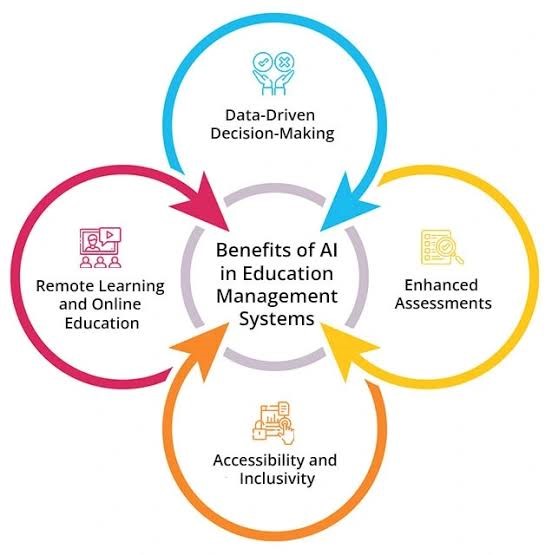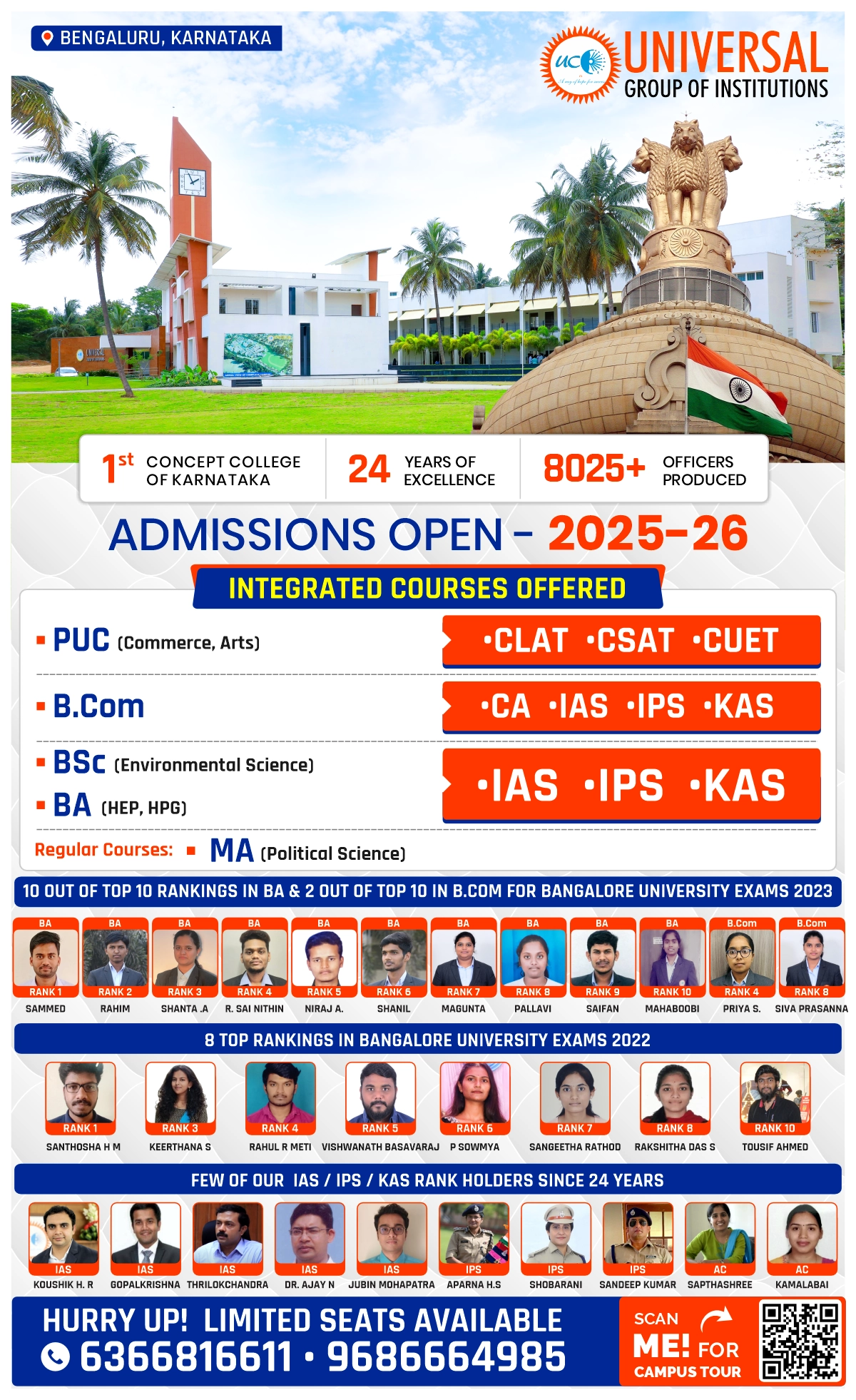ARTIFICIAL INTELLIGENCE AND CRITICAL THINKING IN EDUCATION
Syllabus:
GS-2:
- Government Policies & Interventions
- Development and management of sectors like Education.
Why in the News?
The increasing use of Artificial Intelligence (AI) in education has raised concerns about its impact on critical thinking skills. Studies indicate that students and educators worldwide are adopting AI tools in their academic pursuits, leading to debates on whether this affects students’ ability to analyze and think independently.
Should AI Be Allowed in Classrooms?
- Inevitable Integration: AI is now an inseparable part of daily life, making its prohibition impractical. Even if banned, students would still access AI tools outside classrooms.
- Contextual Usage: The extent of AI usage depends on the subject and learning objectives. While humanities courses may require minimal AI interference, technical fields benefit from AI-assisted learning.
- Industry Skill Shift: Modern industries prioritize evaluation and validation of AI-generated outputs rather than manual skills like coding, necessitating AI literacy.
- Ethical AI Practices: Institutions must establish clear guidelines to ensure AI use remains ethical, responsible, and transparent in academic settings.
- Regulatory Void: In the absence of government regulations, individual institutions must define AI policies and communicate them to both students and faculty.
AI as Critical Educational Infrastructure
- Integration Across Sectors: AI is transforming not just education but industries, governance, and research, making its integration in academics inevitable.
- Future Skill Demands: The World Economic Forum’s Future of Jobs Report highlights analytical thinking, adaptability, and AI-related skills as top future competencies.
- Data Security Risks: Unlike traditional tools, AI applications store and process user-generated data, posing risks of data breaches and misuse.
- Regulatory Gaps: Governments must audit AI tools before integrating them into educational institutions, ensuring bias-free and responsible usage.
- Need for Awareness: Both educators and students require training on AI’s benefits, risks, and ethical considerations to prevent misuse or over-reliance.
Adopting AI with Regulation vs. Blind Criticism
- Addressing Apprehensions: Skepticism around AI is valid, but experiencing AI’s benefits and risks firsthand helps in informed decision-making.
- Global Regulatory Approaches: While some nations delay AI regulations to encourage innovation, frameworks like the European Union AI Act emphasize controlled adoption.
- Institutional Responsibility: Universities must develop internal policies on responsible AI usage, ensuring alignment with ethical and academic standards.
- Custom AI Policies: Leading global universities allow faculty members to customize AI regulations based on their course requirements and learning objectives.
- Encouraging Open Discussions: Institutions should promote discussions on AI’s impact, enabling students and faculty to collaboratively establish best practices.
Concerns About AI-Induced Dependency
- Loss of Critical Thinking: Excessive reliance on AI-generated responses may hinder students’ ability to engage in deep analytical thinking and problem-solving.
- Balancing Practical and Intellectual Growth: While institutions must prepare students for employment, they should also emphasize critical and independent thinking.
- Faculty Dependence on AI: AI is not just impacting students; many faculty members also exhibit over-reliance on AI, affecting academic rigor.
- Technological Maturity: AI systems are still evolving, and blindly trusting AI-generated information without verifying its accuracy could be detrimental.
- Educational Reforms Needed: Curriculums must be redesigned to ensure that AI enhances learning rather than replacing cognitive engagement.
Challenges in AI Integration in Education
- Absence of Clear Regulations: The lack of government policies on AI use in education leaves institutions to navigate challenges independently.
- Bias in AI Algorithms: AI-generated content may reflect inherent biases, leading to potential misinformation and distorted learning.
- Data Privacy Concerns: AI tools store and process user data, making educational institutions vulnerable to cybersecurity threats.
- Equitable Access to AI: Not all students have equal access to AI tools, potentially widening learning disparities among socio-economic groups.
- Over-reliance on AI Outputs: Unchecked use of AI may discourage students from validating information, reducing their ability to think independently and critically.
Way Forward
- Develop AI Literacy Programs: Institutions should train both students and faculty in AI literacy, ensuring informed and ethical usage.
- Encourage AI as an Assistive Tool: AI should complement learning rather than replace cognitive engagement, fostering critical analysis and problem-solving.
- Establish Ethical Guidelines: Universities must define clear policies on AI’s role in academics, preventing misuse and unethical dependency.
- Promote Responsible AI Integration: Governments and institutions must conduct safety audits of AI tools before allowing widespread adoption.
- Continuous Policy Evolution: AI is a rapidly evolving field, requiring adaptive policies that align with technological advancements and ethical considerations.
Conclusion
AI is revolutionizing education, offering both opportunities and challenges. While its integration is inevitable, institutions must balance innovation with ethical responsibility. A structured approach emphasizing critical thinking, responsible AI use, and regulatory safeguards is essential to ensure AI enhances rather than replaces intellectual development.
Mains Practice Question
Analyze the impact of Artificial Intelligence in education. Discuss the challenges posed by AI in critical thinking and suggest measures to ensure responsible AI usage in academic institutions.





